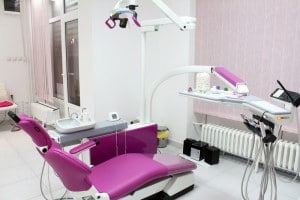According to two reports released this year, there is both a shortage and a glut of dentists in Australia. According to a report by the National Rural Health Alliance (NRHA), there are far too few dentists in remote rural areas, leading to people to take dentistry into their own hands. However, a report from the Federal Health Department, prepared by Health Workforce Australia, shows that the nation is experiencing an oversupply of dentists. However, these reports are not contradictory because it is partly the distribution of dentists that is responsible for the paradox.
An Aggressive Response to a Dentist Shortage
Dr. Rick Olive, president of the Australian Dental Association (ADA) has said that the reason why we have an excess of dentists in the country is that in the 1990s there was a shortage of dentists, causing a number of responses that increased the number of dentists in the country.
First, the number of dental schools in Australia increased from five to 9, allowing the production of dentists to nearly double. In addition, there is no limit on the number of dentists that can be trained at dental schools. There has also been an increase in the number of dentists trained overseas that now work in Australia. Dr. Olive said that number has expanded dramatically from 50 in the late 1990s to over 300 today. However, it should be noted that this is a relatively small contributing factor, since the number of dental practitioners in Australia increased from 18,700 to about 19,600 in just the year from 2011 to 2012.
An Uneven Distribution
However, these dentists are unevenly distributed through the country. About 80% of dentists work in major cities. In contrast, less than 1% work in remote or very remote areas. Which leads to the other problem with the dentist supply in Australia. People in remote rural areas often don’t have any access to a dentist.
The concentration of dentists in the bush is less than a third of that in the cities. In the cities there are 64 dentists for every 100,000 people, but in remote areas there are just 21 per 100,000 people. And when you consider how much less dense the population is in the outback, you realize just how far many of these people are from the dentist. Many may have to travel three days to reach a dentist, and if they own property they can’t leave unattended, they may just make do with what they can.
Solutions Available

If you are looking for a dentist in Sydney, we know you have many choices, but we also know that we are very different from your other options. To learn what makes us stand apart, please call (02) 9686 7375 for an appointment at My Hills Dentist today.

